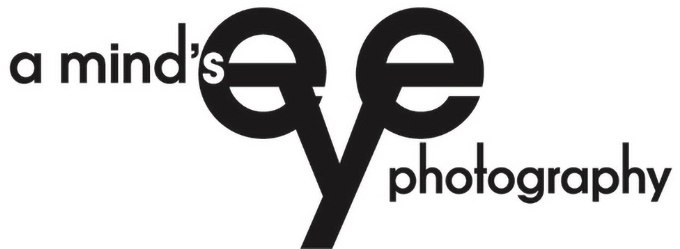About Me
Hi, I'm Edward Eastman, but that's just my name.
As a photographer, I strive to see the unusual in the everyday, the extraordinary in the common and the different in the familiar. When in a flow state, abstract images, land forms and interesting street photographs present themselves - I just press the shutter.
"The artist is a receptacle for the emotions that come from all over the place: from the sky, from the earth, from a scrap of paper, from a passing shape, from a spider's web." - Pablo Picasso
As a teacher, I hope to inspire others and be inspired by those I teach.
At the Dundas Valley School of Art (www.dvsa.ca/classes/) in the Winter, Fall and Spring terms, I teach one, or more, of the following photography courses:
- Introduction to Digital Photography
- Lightroom
Classic/Photoshop for Beginners - Lightroom
Classic/Photoshop - Advanced - Camera Raw for Beginners
- Camera Raw - Advanced
- Photographic Composition
Drop by their website (www.dvsa.ca/classes/) and check out my upcoming classes. I look forward to meeting and learning with you.
If you want one-on-one assistance with any of the above mentioned Adobe photo editing software, email me. My fee is - $25.00/hr. If you’re a local photographer, I'll come to you - one-on-one.

